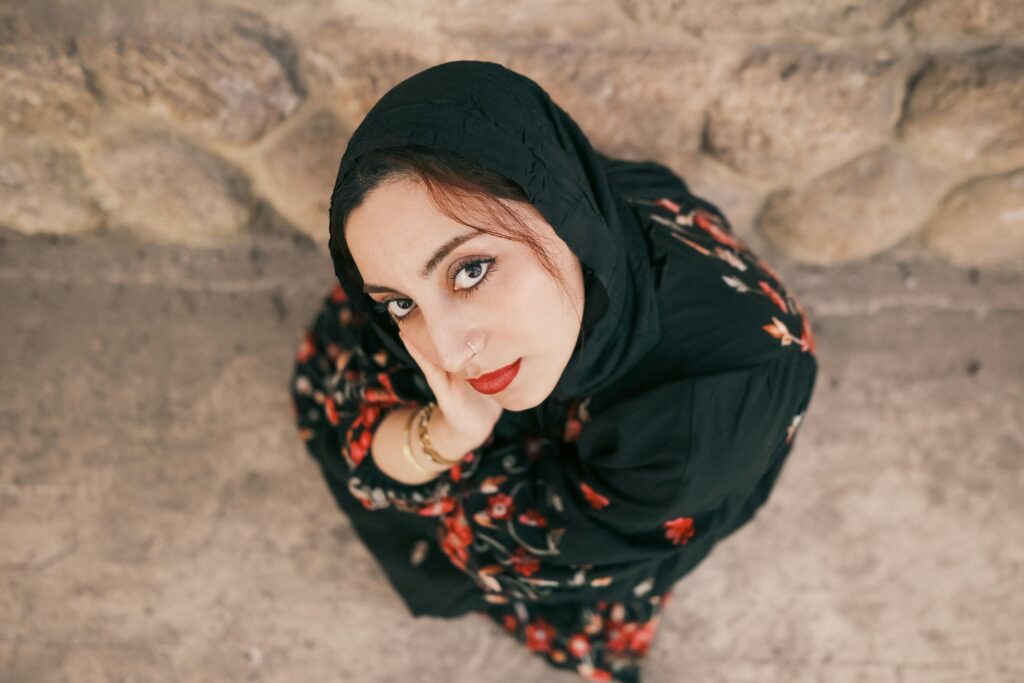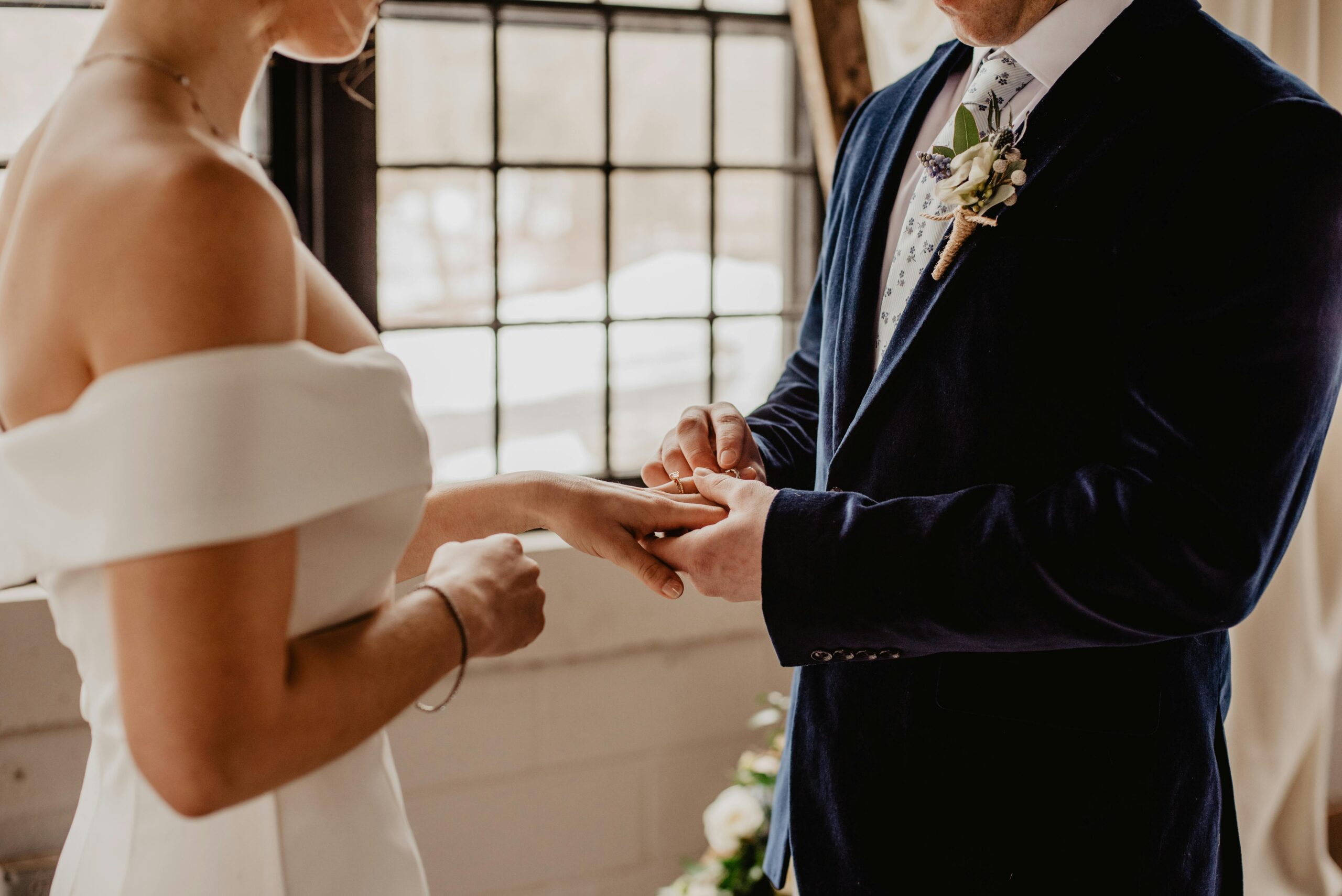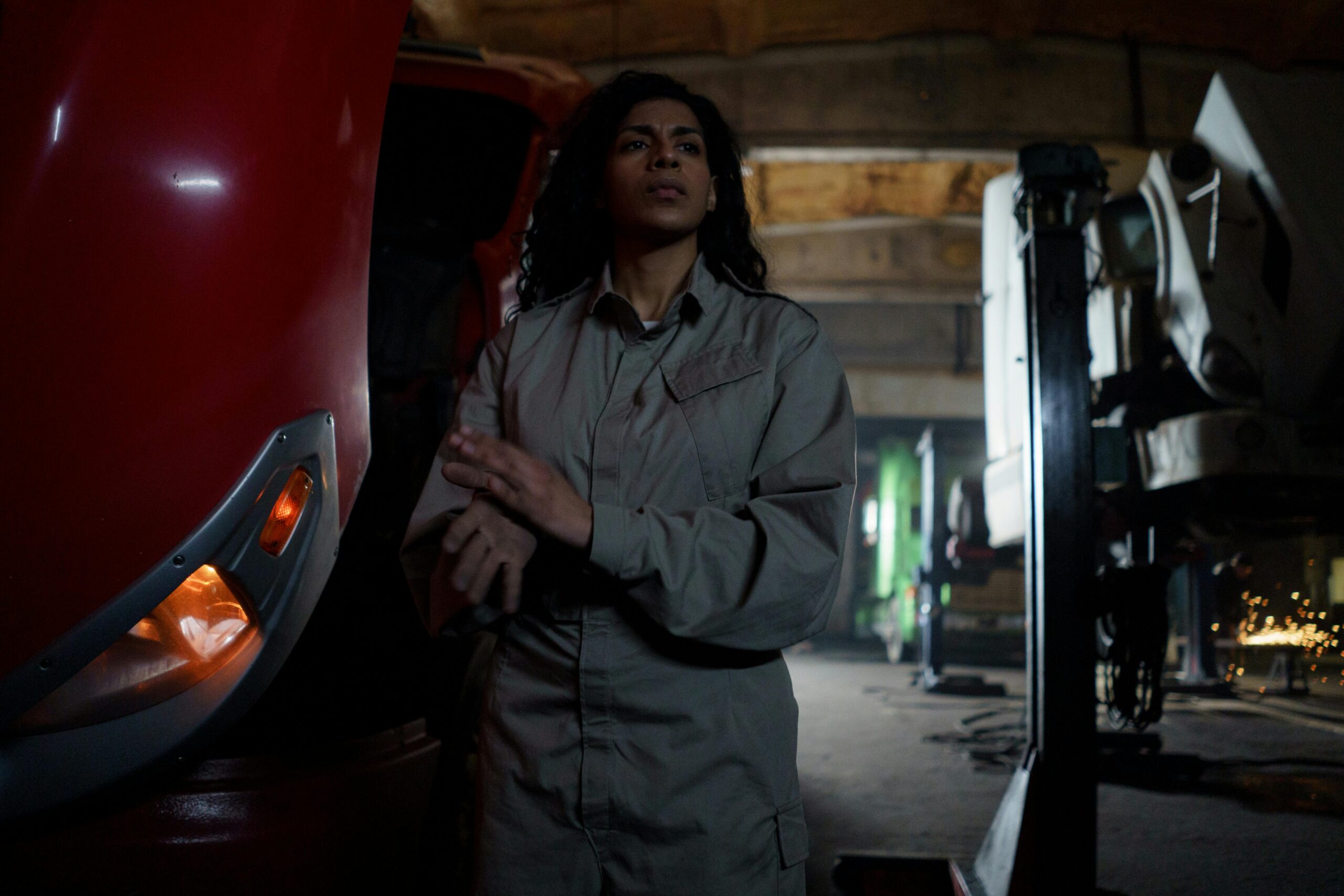In the intricate tapestry of history, certain threads often remain hidden, obscured by the passage of time and the dominance of certain narratives. Among these threads lie the stories of medieval Muslim women, veiled not only by physical coverings but also by layers of misconception and oversight. Today, let us embark on a journey to unveil the lives of these women, to shed light on their roles, contributions, and complexities in the rich tapestry of medieval Islamic societies.
Contrary to popular belief, medieval Muslim women were not mere passive spectators to the unfolding drama of history; they were active participants, shaping the social, cultural, and intellectual landscape of their time. While it is true that veiling was a common practice among women in medieval Islamic societies, it would be a grave mistake to equate veiling with oppression or silence. Veiling, rather than a symbol of subjugation, was often a manifestation of piety and modesty, reflecting the deep spiritual convictions of these women.
One of the most prominent roles played by medieval Muslim women was that of educators. In a society where knowledge was highly revered, women were actively involved in the transmission of knowledge to future generations. Many women, particularly from noble or scholarly families, received education in various fields such as theology, literature, and jurisprudence. Some even became renowned scholars and teachers in their own right, imparting wisdom to both men and women alike.
Moreover, medieval Muslim women were also active participants in economic activities. While they may not have participated in public commerce to the same extent as men, they played crucial roles in managing household finances, overseeing agricultural production, and engaging in various forms of artisanal work. In fact, some women became successful business owners, managing their own enterprises and accumulating wealth and prestige in the process.
Another facet of medieval Muslim women’s lives that often goes unnoticed is their involvement in spiritual and charitable activities. Many women devoted themselves to acts of worship, engaging in regular prayers, fasting, and recitation of the Quran. Additionally, they were actively involved in charitable endeavors, providing support to the less fortunate through acts of philanthropy and community service. Some women even established and endowed charitable institutions such as schools, hospitals, and orphanages, leaving a lasting legacy of compassion and generosity.
Of course, it would be disingenuous to portray medieval Muslim societies as utopias of gender equality. Like any other historical context, they were marked by complex power dynamics, social hierarchies, and patriarchal norms. However, it is essential to recognize that within these constraints, women found ways to assert agency, exercise influence, and carve out spaces for themselves in various spheres of life.
In conclusion, the lives of medieval Muslim women were far more nuanced and multifaceted than often depicted. Behind the veil lay a rich tapestry of experiences, aspirations, and contributions that shaped the course of history in profound ways. As we strive to understand the past with greater depth and complexity, let us not forget to unveil the stories of those who have long been relegated to the shadows of history. For in their stories, we find not only inspiration but also a deeper understanding of the diversity and resilience of the human spirit.










